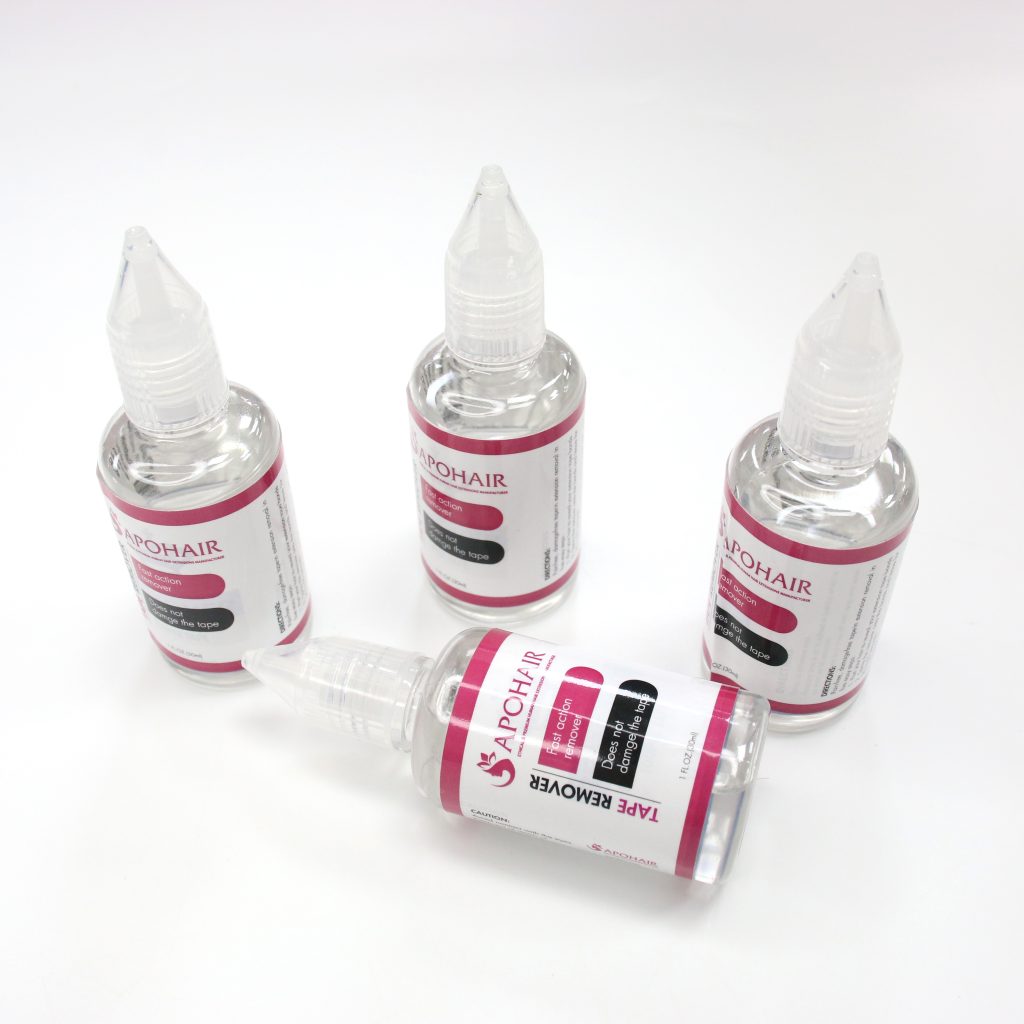Blog, Hair Extensions
What Is A Perm And How Does It Work?
Curly hair has an irresistible allure, and if you’ve ever wondered how to get those delicious curls without spending hours with a curling iron, a perm could be the solution. But, what is a perm? Apohair will delve into the world of perms in this blog, demystifying the procedure and shedding light on what a perm truly is, and the types of perm that you should know.

What Is A Perm Hair?
A perm, an abbreviation for “permanent wave,” is a chemical hair treatment that adds curls or waves to straight hair. Contrary to its name, it is not a lifelong commitment; rather, it provides a semi-permanent metamorphosis that lasts several months. To develop a new curl pattern, the internal bonds of the hair are restructured.

Is A Perm Permanent?
Despite the name “perm,” which is short for “permanent wave,” a perm is not truly permanent in the sense that it lasts forever. A perm is a chemical treatment (perm chemical) used to alter the natural structure of the hair, creating curls or waves that remain in place until the treated hair grows out. Here’s how the process generally works:
- Chemical perm: With chemical treatment, the hairstylist applies a solution containing chemicals (often ammonium thioglycolate) to break the bonds in the hair shaft.
- Restructuring: The perm process hair is then wrapped around rods or rollers to reshape it according to the desired curl or wave pattern.
- Neutralization: Another chemical, usually hydrogen peroxide, is applied to reform the broken bonds and set the hair in its new shape.
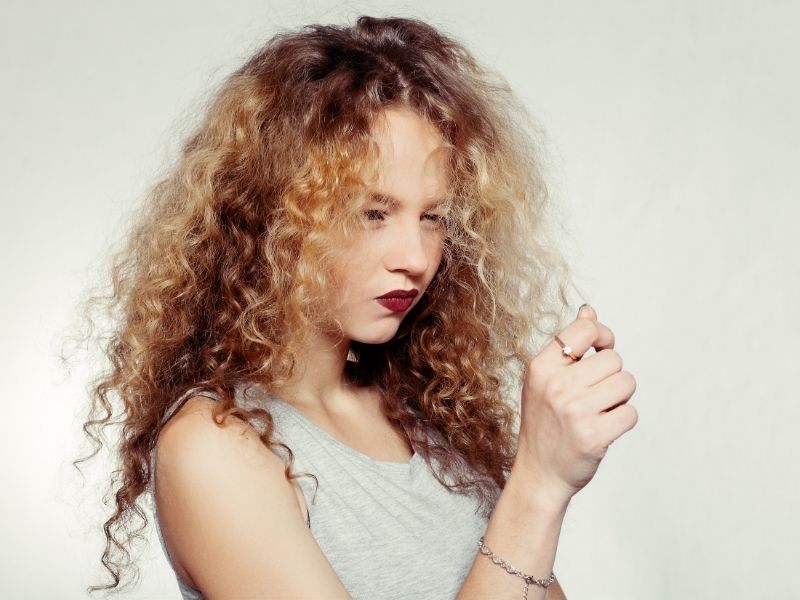
So, if you really understand what is a perm, you are not disappointed with its outcome. The end outcome is a semi-permanent modification in the structure of the hair. However, as your hair grows, the perm will have no effect on the new growth, and the permed portion will need to be cut or grown out. A perm’s duration varies based on individual hair growth patterns, but it usually lasts many months.
It’s crucial to remember that the chemicals used in perming can be harsh, and poor application or overuse can result in damage and dryness. If you decide to get a perm, it’s best to speak with a competent stylist to ensure the process is done correctly and to obtain advice on proper upkeep to keep your permed hair healthy.
Types of Perms
There are different types of perms that can create different effects on your hair, such as:
- Cold perm: This is the most prevalent and traditional hairstyle. It breaks the connections in your hair with an alkaline solution, commonly ammonium thioglycolate, and then neutralizes them to set the curls. Depending on your hair type and how you care for it, a cold perm can last for 3-6 months.
- Hot perm: This is a more recent and advanced type of perm. It breaks the connections in your hair using a neutral or slightly acidic solution, commonly glyceryl monothioglycolate, and then heats them to set the curls. Depending on your hair type and how you care for it, a hot perm can last 6-12 months.
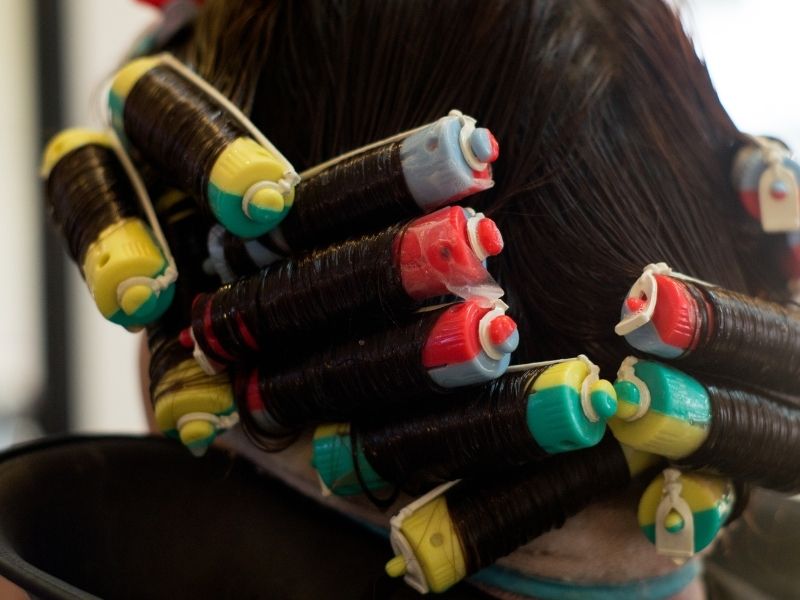
- Digital perm: To concrete what is a perm, we provide you with another kind of perm which is digital perm. This is a form of hot perm in which the temperature and time of the heating process are controlled by a digital machine. A digital perm can produce more natural and softer curls than a traditional hot perm, as well as less damage to your hair. Depending on your hair type and how you care for it, a digital perm can last 6-12 months.
- Spiral perm: This is a form of cold perm that wraps your hair in a spiral pattern with long, thin rods. A spiral perm can add volume and bounce to your hair by creating tight and springy curls. Depending on your hair type and how you care for it, a spiral perm can last for 3-6 months.
- Body wave perm: This is a form of cold perm that wraps your hair loosely with massive, thick rods. A body wave perm can add movement and texture to your hair by creating loose and natural waves. Depending on your hair type and how you care for it, a body wave perm can last for 2-4 months.

- Root perm: This is a form of cold perm that solely targets your hair’s roots. A root perm can add lift and volume to the roots of your hair, making it look fuller and more attractive. Depending on your hair type and how you care for it, a root perm can last for 2-3 months.
What Hair Types Can Be Permed?
Beside we know what is a perm, we should know what hair types can be permed. Perms aren’t just for people with straight hair. Individuals with natural waves and curls may also choose to improve their bounce or make hair wave pattern more uniform and manageable. Hair length isn’t a big deal either. If you have long enough hair to curl with a curling iron, you can get a perm.
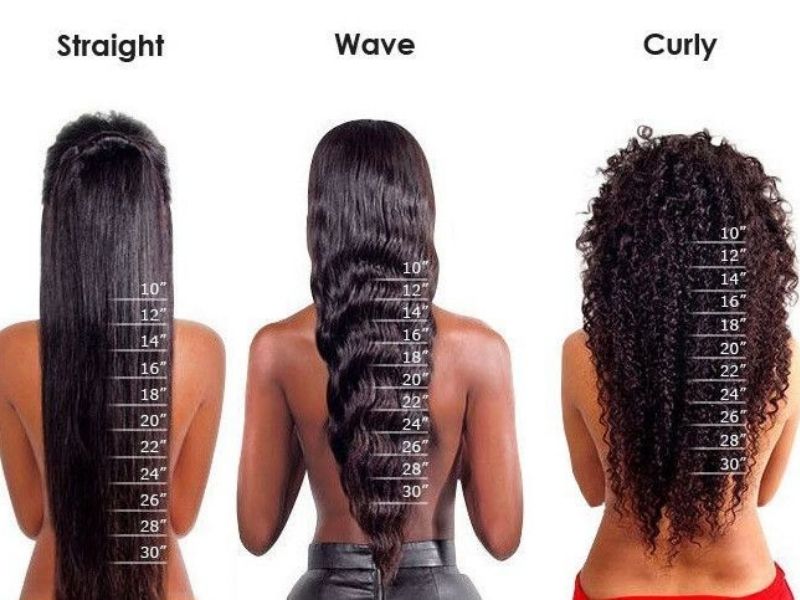
However, perms work best on healthy or virgin hair that has never been dyed or chemically altered in any way. If you have dry, bleached, or color-treated hair, or hair that has been damaged by styling equipment, you should contact with your stylist. The remedy could be as easy as pre-service conditioning treatments and supplements to get your hair in tip-top shape.
You may like: Perm Or Color First
How Long Do Perms Last?
Perm is an abbreviation for “permanent hairstyle,” however perms today are more semipermanent. While it is true that once your perm is set, it cannot be chemically reversed, you are not committing to a permed hairstyle indefinitely. A modern beach wave perm can last 3 to 6 months, depending on your natural hair pattern and how well you care for your hair.
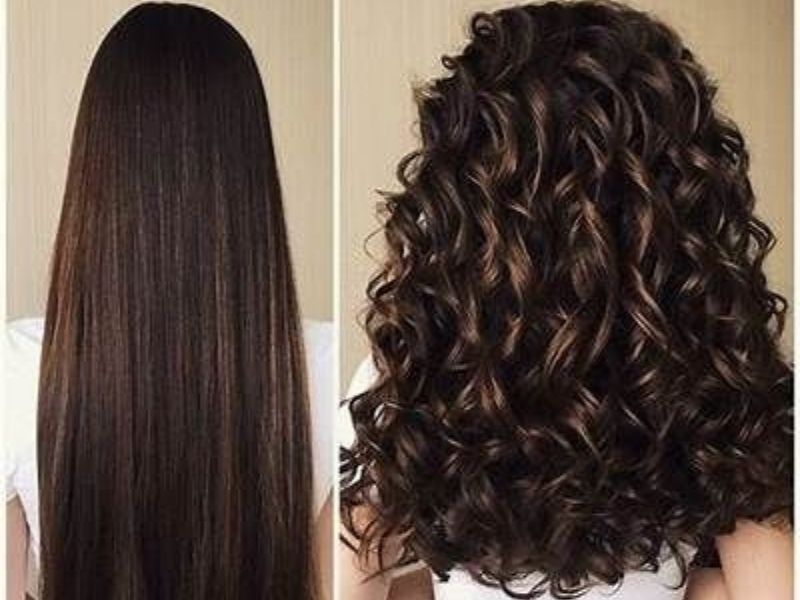
Your hair will grow out the same way it did previously and blend in as it becomes straighter. It will simply be a little wavy at the ends. If you want to keep your curly tresses and avoid a change in texture from root to tip, perm root touch-ups are always a possibility. Natural wavy or curly hair holds the shape of a perm longer than straight hair.
Taking Care Of Your Perm
If you ask us what is a perm and how to take care of your perm, we are willing to reply: Your hair will require time to set in the days following your perm. You should not wash your hair, tie it up, or use any more heat styling tools for 24 – 48 hours to help seal in the shape of your new curls. You should follow the aftercare tips and recommendations of your hairstylist to maintain and protect your perm. Some general tips are :
- Do not wash, brush, or style your hair for at least 48 hours following the perm, since this might cause frizz and damage to the curls.
- Wash your hair every 2-3 days using a gentle, sulfate-free shampoo and conditioner designed specifically for permed hair, or as needed, depending on the state of your hair and scalp.
- Once a week, use a deep conditioner or a hair mask to moisturize and nourish your hair while preventing dryness and breakage.
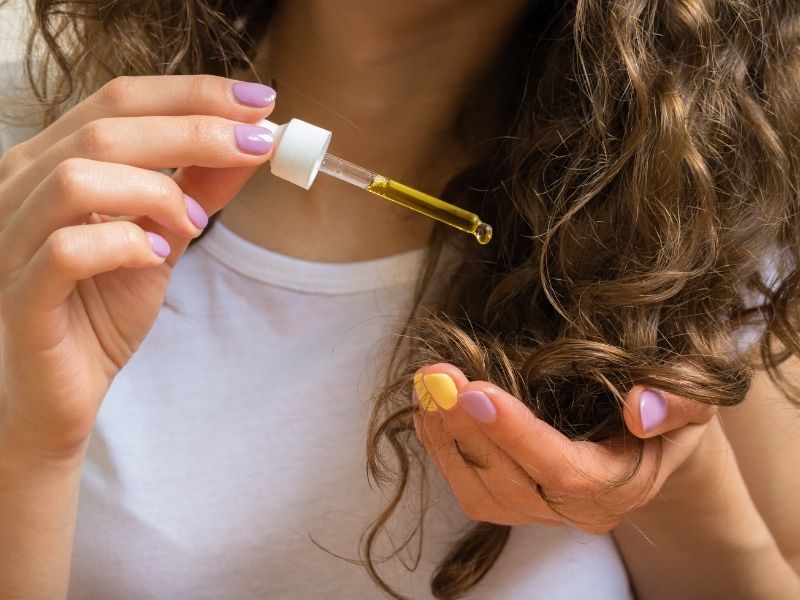
- To nourish and protect your hair while also enhancing your curls, use a leave-in conditioner, serum, or spray.
- Heat equipment, such as a hair dryer, curling iron, or flat iron, should be avoided while styling your hair because they can damage it and spoil your perm. If you must use them, do so on a low heat setting and with a heat protectant spray.
- Avoid using harsh chemicals to color or straighten your hair, such as hair dye, bleach, or relaxer, as they can damage your hair and interfere with your perm. Consult a hairstylist first if you wish to modify the color or texture of your hair.
Conclusion
So, what is a perm? A perm is a chemical process that can change the shape and texture of your hair and give you curly, wavy, or voluminous hair. There are different types of perms that can create different effects on your hair, such as cold perm, hot perm, digital perm, spiral perm, body wave perm, and root perm. If you want to get a perm, you should consult a professional hairstylist and follow their instructions and advice. You should also take good care of your perm and follow some aftercare tips to keep your hair healthy and beautiful.
Furthermore, if you don’t want to perm your hair, you can use curly human hair extensions and wigs of Apohair. Apohair is proud to be a good Wholesale hair vendors and the best Vietnamese hair factory with 10,000 products that are updated day-by-day. Contact us to know more details!
Next article: Different Ways to Curl Your Hair






